This month, a Spanish builder makes his American debut with a cafed BMW R100. We also look at a "plug-and-play" Scrambler 1200 kit from Germany's Crooked Motorcycles. And closing out the lineup is a radically resurrected Honda VTR1000 by an adept bike-building duo in France.
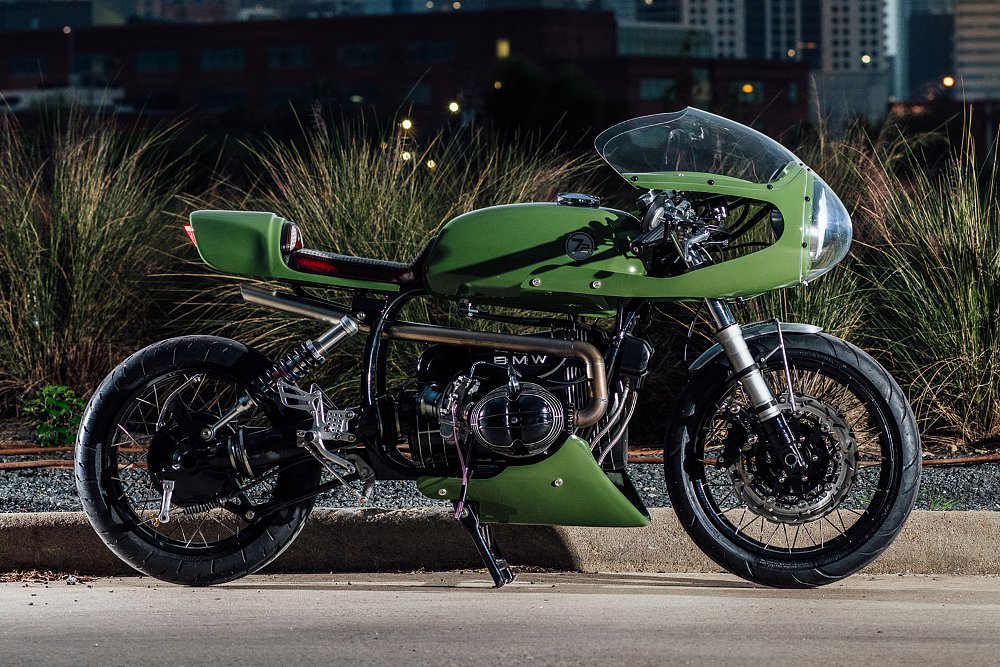
72 Performance BMW R100 Aurora
Expat Antonio Schefle Rodríguez relocated from Spain to the United States in late 2023. With over 60 custom motorcycles to his name, the seasoned builder left his home country frustrated by restrictive vehicle homologation laws. Now based in Houston, Texas, he co-founded 72 Performance (Instagram) with partners Cole Munger and Brad Eicholz. Their first U.S. project? This striking BMW R100 named Aurora.
"Aurora is a motorcycle with a classic, elegant cut, but with all the modern components to make it fast, functional, and above all safe," Antonio explains. "The priority with our motorcycles is that they are fun to ride."
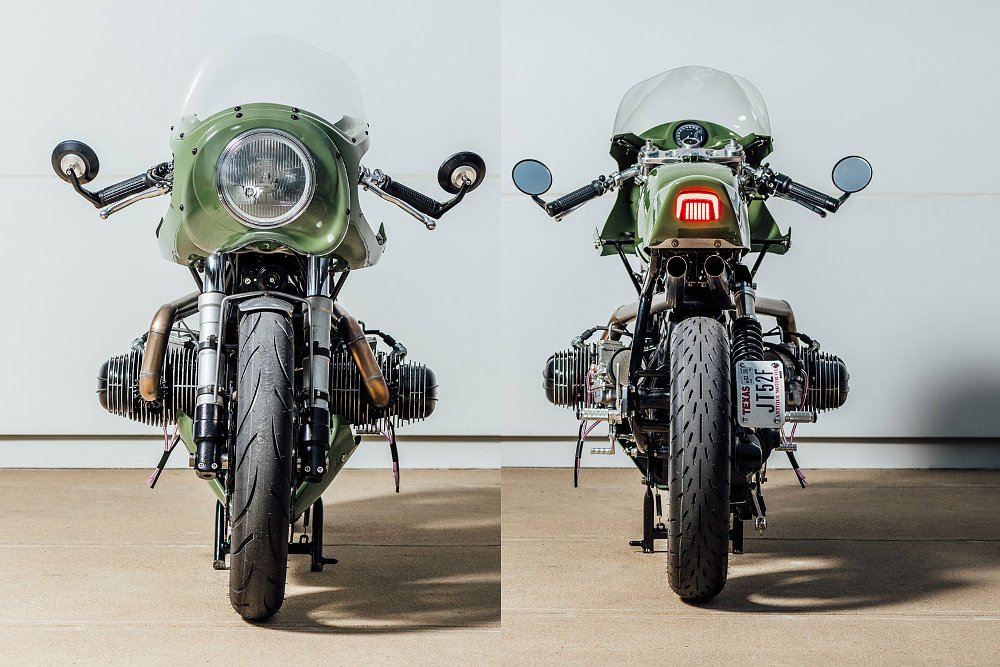
From the outset, Antonio was clear: Their debut build had to be a BMW airhead. He found a 1993 R100 in solid condition and set out to craft a café racer blending classic styling with modern performance. His design concept drew inspiration from 1960s aftermarket bodywork, particularly that of British company Avon, whose parts graced legendary Rickman frames and were sold directly to customers by Triumph and BSA dealers of the time. But when it came to the performance of the bike, he took a thoroughly modern approach.
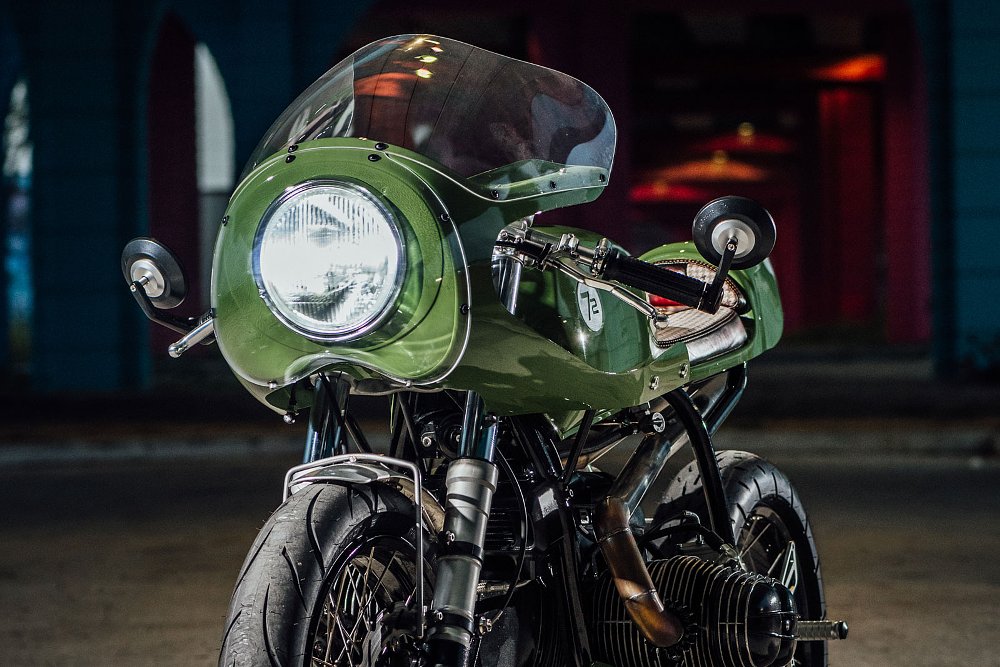
To sharpen its handling, the R100 rolls on rebuilt wheels wrapped in Shinko Verge rubber. Soaking up the bumps is a Triumph Speed Triple fork, tuned to suit the new geometry and revised weight distribution, and a custom-built Hagon shock takes pride of place in the rear. Stopping power comes courtesy of 320 mm floating discs and calipers from a Triumph 955, and the rebuilt rear drum brake has been modified to function via rearset footpegs.
To fit the new bodywork to the R100, Antonio has modified the bike's chassis. The new setup wears a lightweight subframe and a few modifications to stiffen the entire structure. The bodywork itself, aside from the 1972 R75/5 fuel tank, is all custom-made. The half fairing, seat pan, tail unit, and belly pan are all built from fiberglass and Kevlar for added strength. Sitting behind the acrylic nose cone is a restored R100 headlight running LED internals, while in the rear, they opted for a custom-made LED brake light assembly. To complete the look, the bodywork has been finished in a Porsche 911 "leaf green" color from the 1960s. The unique plaid and distressed red leather seat was upholstered by Senenleather, Antonio's go-to guy back in Spain.
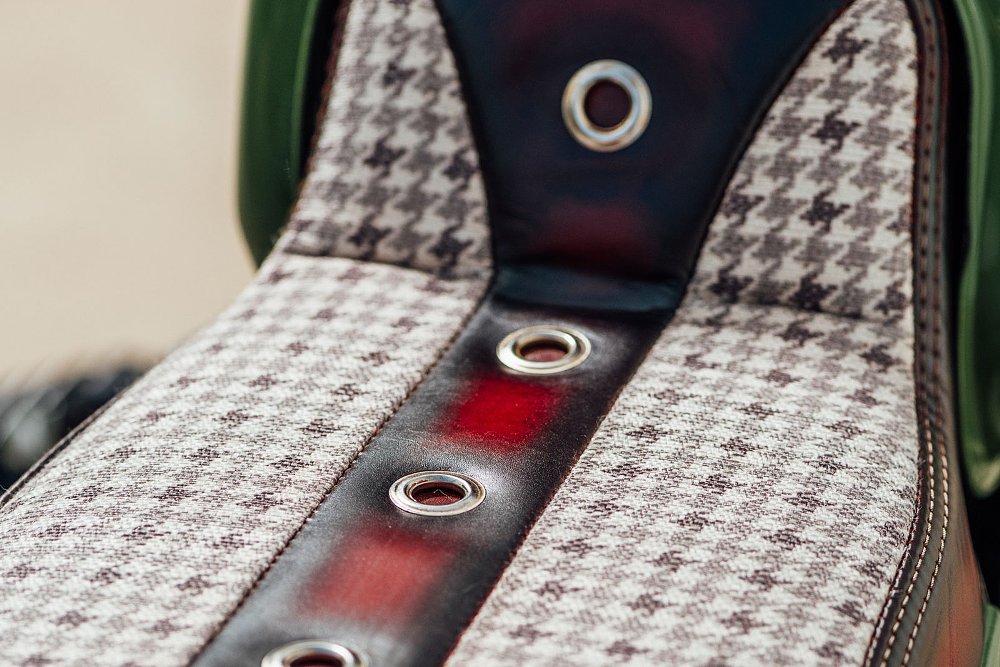
To complete the transformation, Antonio tuned and cleaned the airhead thoroughly. For a bit of extra oomph, he's fitted it with Mikuni TM38 carbs and hand-fabricated a custom stainless exhaust system, which he says, "Runs under the seat, with enough space to not burn your butt!"
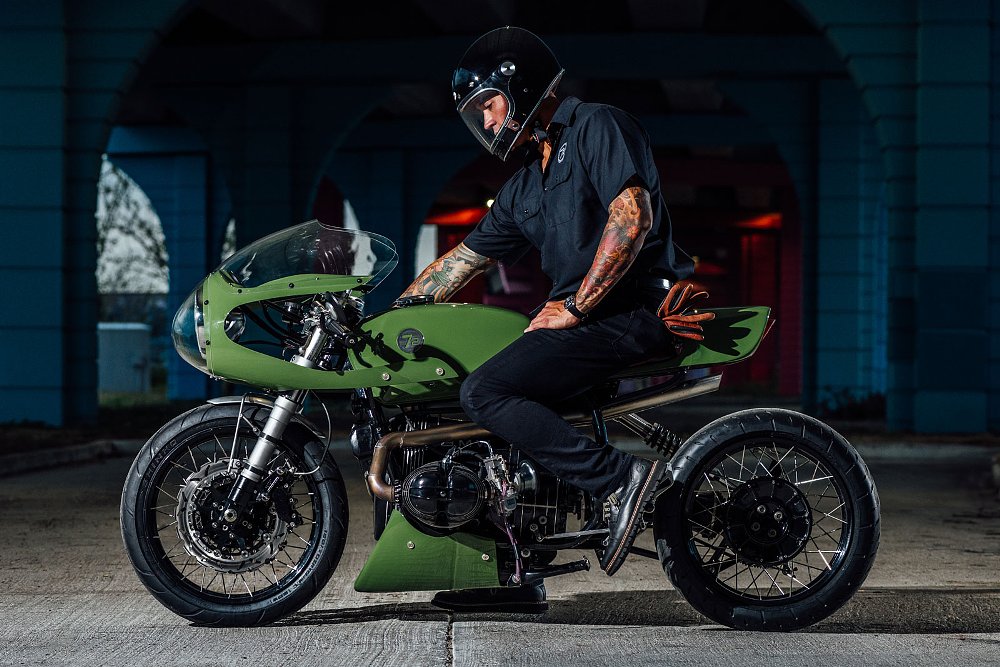
Finally, to keep everything running smoothly, this R100 wears electrical componentry from Motogadget, including an M-Unit controller, keyless ignition, and a custom-built wiring harness.
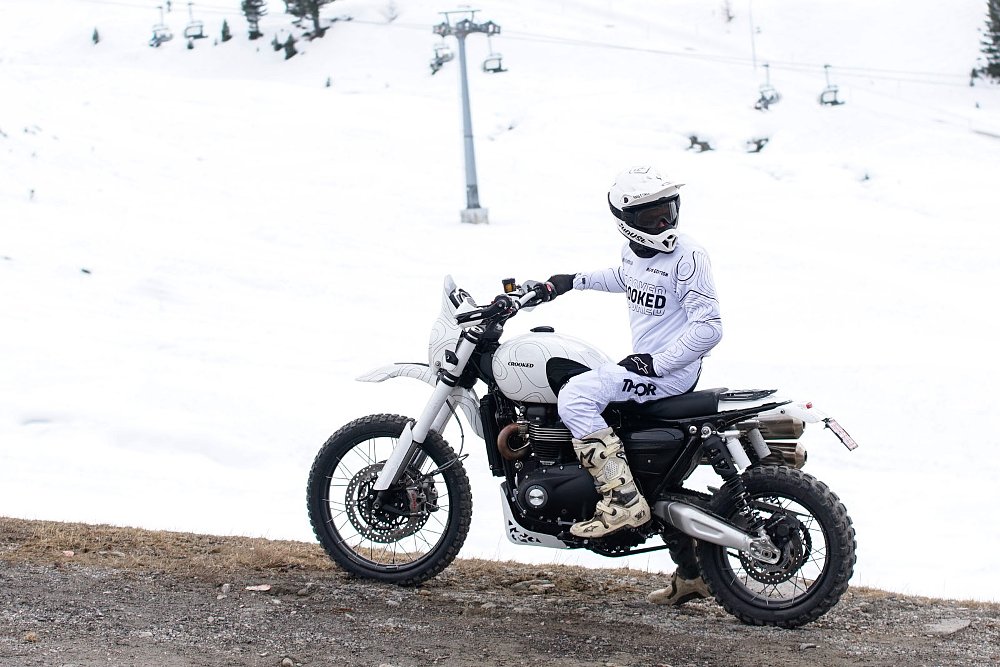
Crooked Triumph Scrambler 1200 Alps Edition
Between 2018 and 2024, Germany's Crooked Motorcycles (Instagram) completed an impressive 70 custom projects. Last year, they pivoted to limited production, creating 20 Yamaha XS400-based customs. Now, they've shifted focus again, this time developing bolt-on kits for modern classic motorcycles.
"We want to make it possible for riders to refine their bikes without the need for specialist knowledge. Design remains our passion, and we are very happy to have the support of the manufacturers, who are also facing great challenges to continue to make motorcycling attractive to all generations," explains Crooked co-founder Dominikus Braun. Working closely with motorcycle manufacturers, Crooked plans to release two MotoKits into the market each year. Their first release? The Alps Edition MotoKit for Triumph's Scrambler 1200.
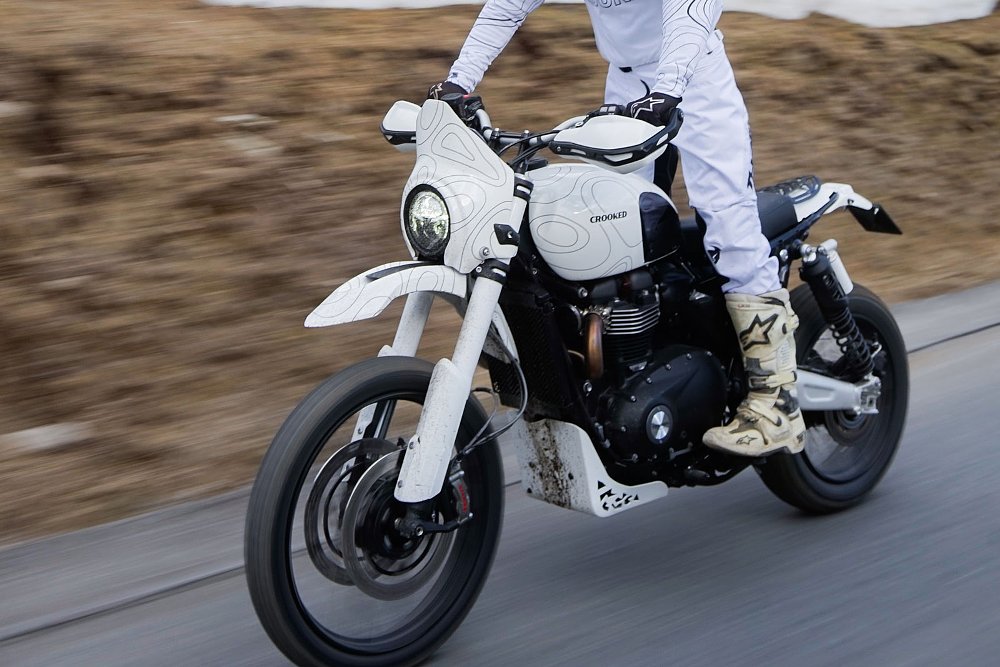
"The focus of these conversion kits is to ensure that all parts can be installed on the bike without any modifications," says Dominikus. "No manual skills are required as everything comes pre-assembled from our company and can be installed immediately within minutes."
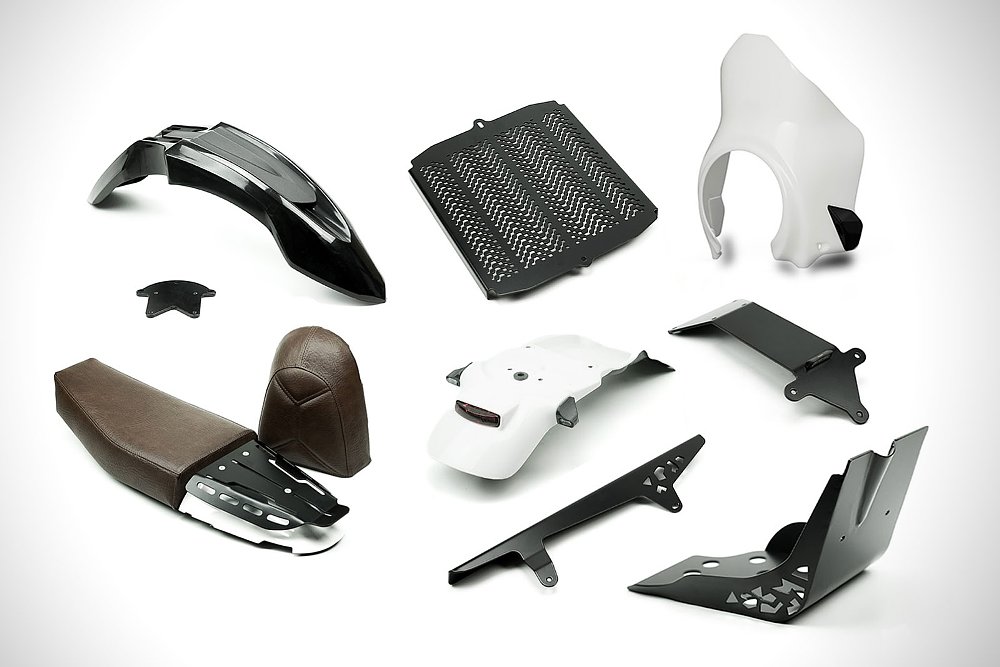
The Alps Edition kit, created in collaboration with Triumph Germany, includes eight components. Starting with the bikini fairing, a hat tip to classic Dakar motorcycles, which bolts directly to the Scrambler using the bike's existing turn signal mounts. Crooked created the fairing using clay modelling techniques, and the finished product includes a set of LED indicators in 3D-printed housings. The unit also integrates seamlessly with the Scrambler's factory gauge and LED headlight.
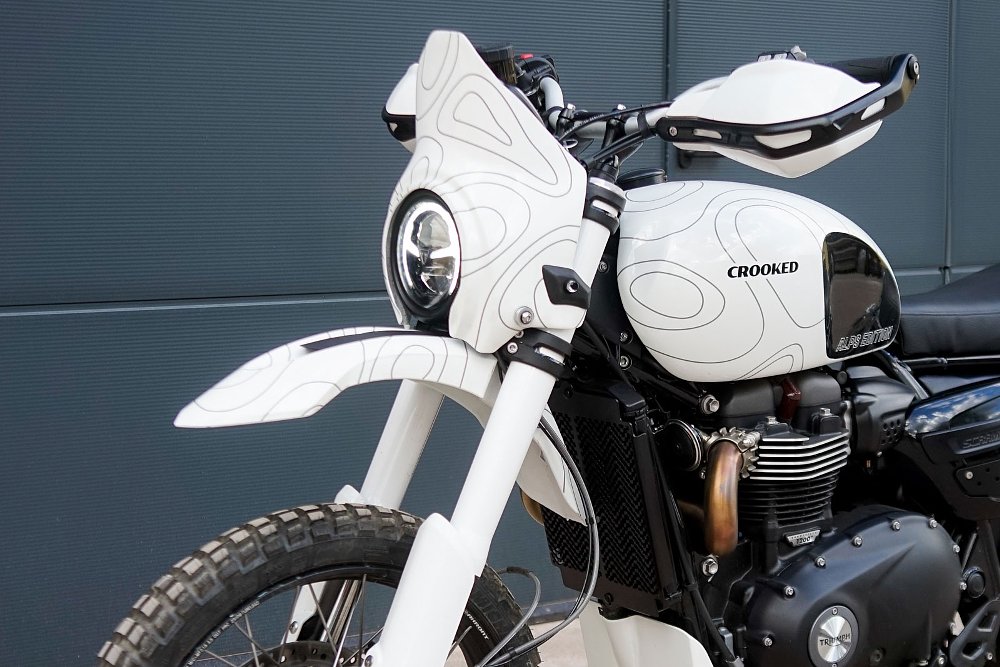
The high-mount front fender is another off-road-inspired addition to this kit. It has been designed to offer optimum protection from the elements while providing unrestricted airflow to the radiator via a specially designed air duct. In the rear is another custom fender, developed in conjunction with aftermarket parts specialist JVB Moto. The design was once again influenced by Dakar bikes, sitting flat and low on the subframe.
The concept behind the Scrambler 1200 Alps Edition was to extend the motorcycle's touring capability without adding visual clutter, which is epitomized by the seat unit. "This is a specially designed modular seat system. Using a special CNC-machined aluminum joint, the seat can be separated into two parts without the need for tools and converts it into a single seat and pannier rack," says Dominikus. "This reduces the appearance of the rear end to the essentials and improves weight distribution by sitting the luggage further forward."
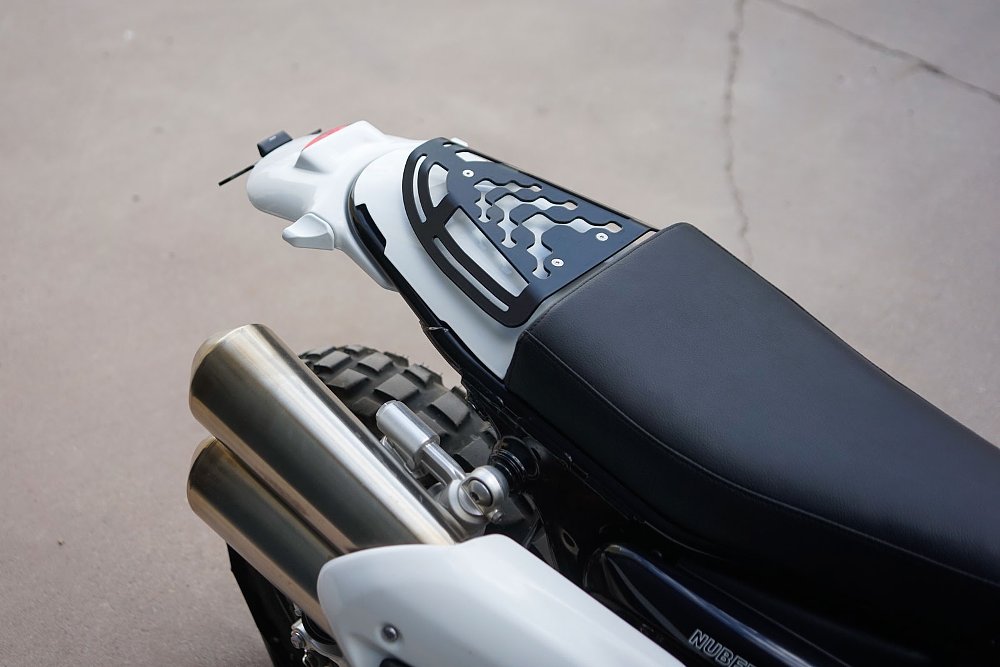
In addition to the parts already mentioned, the Alps Edition kit also includes a few items designed to aid with off-road protection. These include a laser-cut aluminum bash plate, a matching alloy radiator guard, and a chainguard. Completing the new look is a license plate holder that mounts directly to the JVB fender.
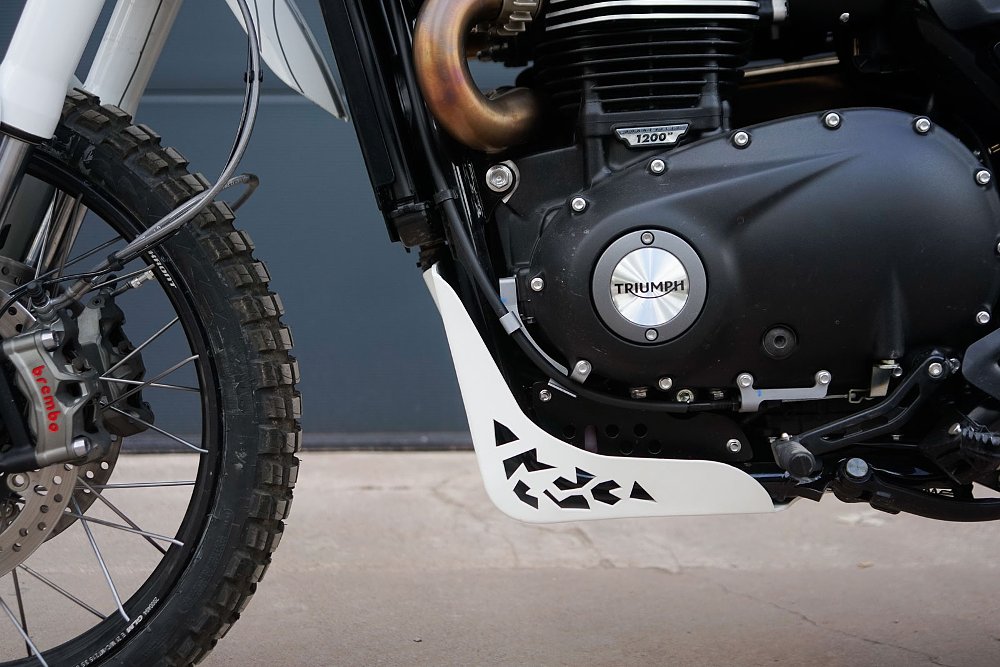
The topographic theme on this bike is a unique design Crooked developed to showcase the parts. All of the parts in the Alps kit come painted either white or black, offering buyers a blank canvas on which to add their own look. You can also choose from either black or tan leather for the seat, and if you don't want to fork out for the entire kit, the parts can be ordered individually.
One of the best features of this kit is that it is a "plug & play" solution. This means there are no irreversible modifications required to fit them. So, should an owner ever want to return the bike to stock, it can be done easily.
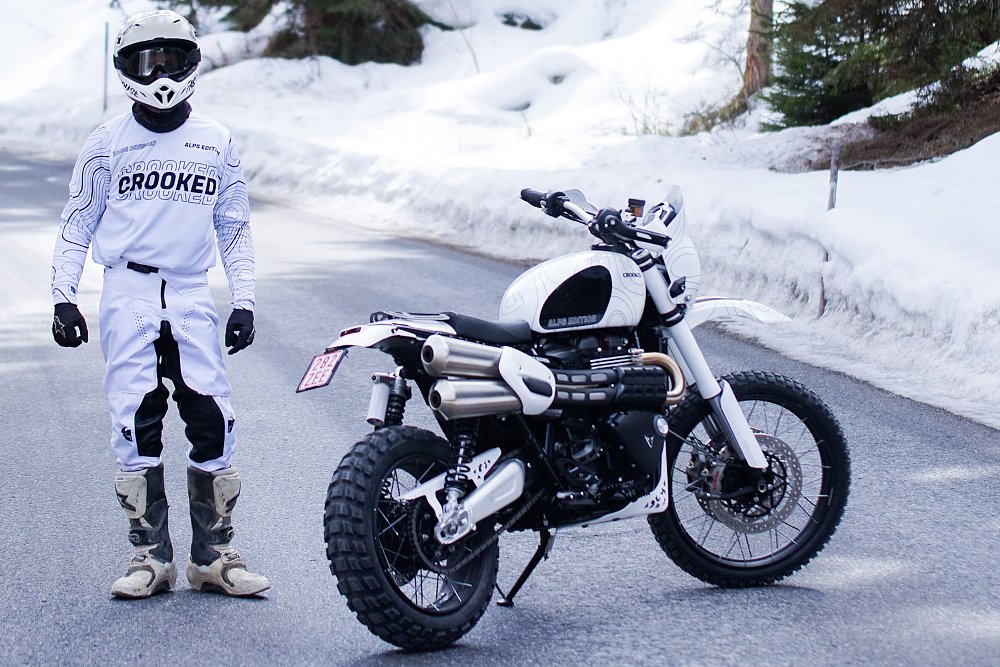
At present, the Crooked website offers the Scrambler 1200 Alps Edition kits and a selection of bolt-on parts for the Royal Enfield GT650 and Interceptor. The Triumph parts offering will soon be extended to include the Bonneville T120 and Trident 660, which, judging by this bike, will be worth the wait.
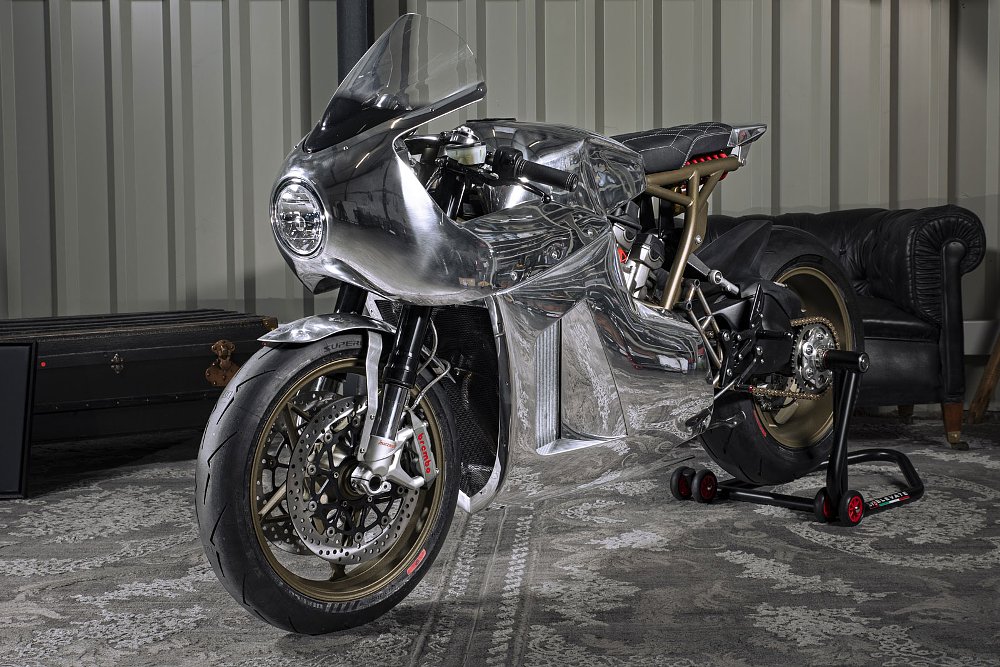
2020 Motorcycles Honda VTR1000F
As a general rule, motorcycle fires don't result in anything positive. But in the case of this Honda VTR1000F, ironically known as the Firestorm, it's sparked an extraordinary resurrection.
Built by long-time friends and motorcycle industry pundits Thomas Caniedo and Jake Apiata, aka 2020 Motorcycles (Instagram), the Honda was used as a prop in a Luc Besson movie. Unfortunately, the motorcycle caught fire during production and was burned within an inch of its life. After acquiring the bike, Jake was able to salvage only the engine and chassis, leaving the pair with a blank canvas on which they could work their magic. Six hundred hours of hard work later, this is the outcome.
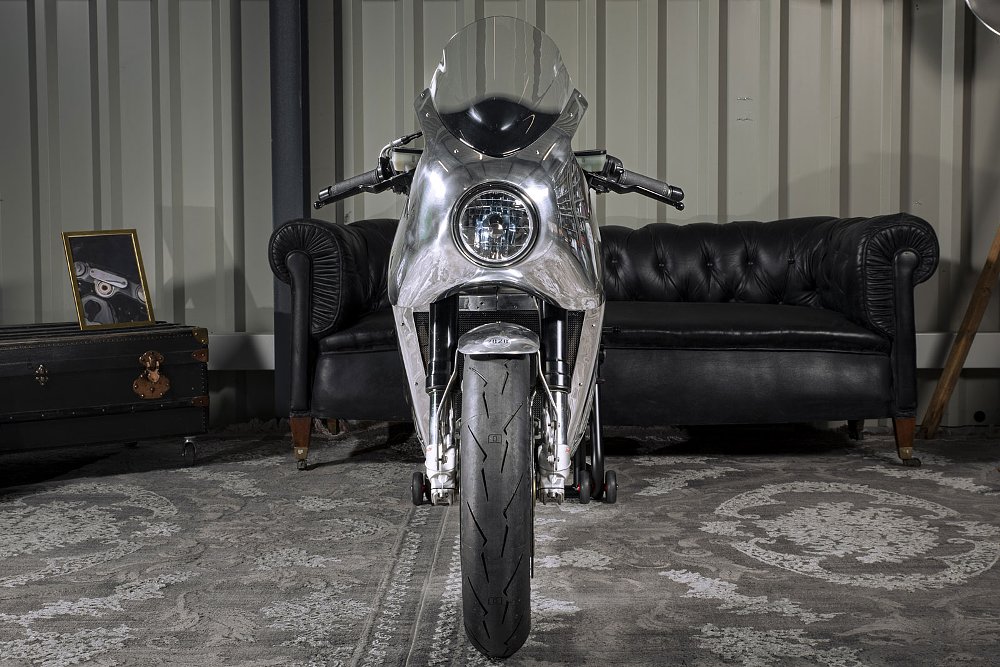
"Our VTR is an interpretation of the café racer spirit," says Thomas. "It was inspired by the British and Italian bikes of the time, when the full or half-round fairing was the norm for more speed."
Along with the project's café racer influence, the pair drew additional inspiration for this project from wartime aviation and aluminum-bodied race cars of yesteryear. But before work could begin on the body, they had to redesign the chassis.
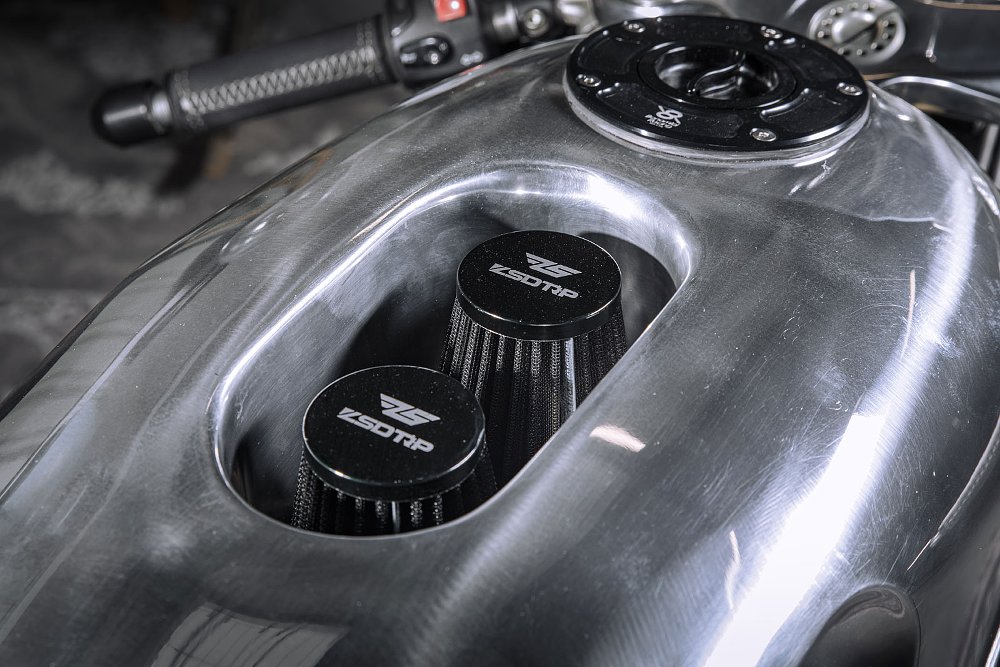
"Only the engine of our VTR is original!" explains Thomas. "We've built a custom tubular subframe with the rear loop reworked to accommodate a rocker rear shock setup. The frame has also been reinforced at sensitive points, such as the steering column, swingarm axle, and various engine mountings."
Complementing the revised rear suspension design is a Ducati Panigale single-sided swingarm and fully adjustable Öhlins shock. For front-end suspension, they went with an MV Agusta F4 fork and brakes, resulting in a system that's far superior to the VTR's original setup.
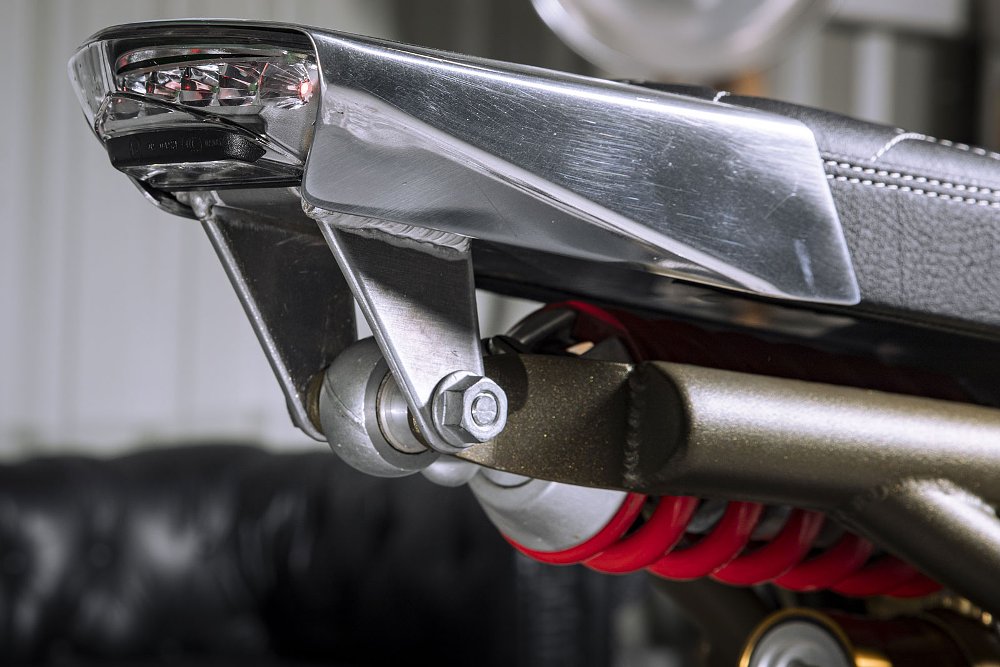
The bodywork of this bike is nothing short of a work of art. All hand-formed from aluminum, it consists of a fairing that encompasses the whole of the front end of the bike. Behind it sits a one-off fuel tank with an opening through the center, where you'll find a pair of performance air filters. Then, capping off the subframe is a modest tail unit. Despite the complexity of shaping metal, they're especially proud of how they seamlessly integrated the VTR's side-mounted radiators into the design, and it's easy to see why.
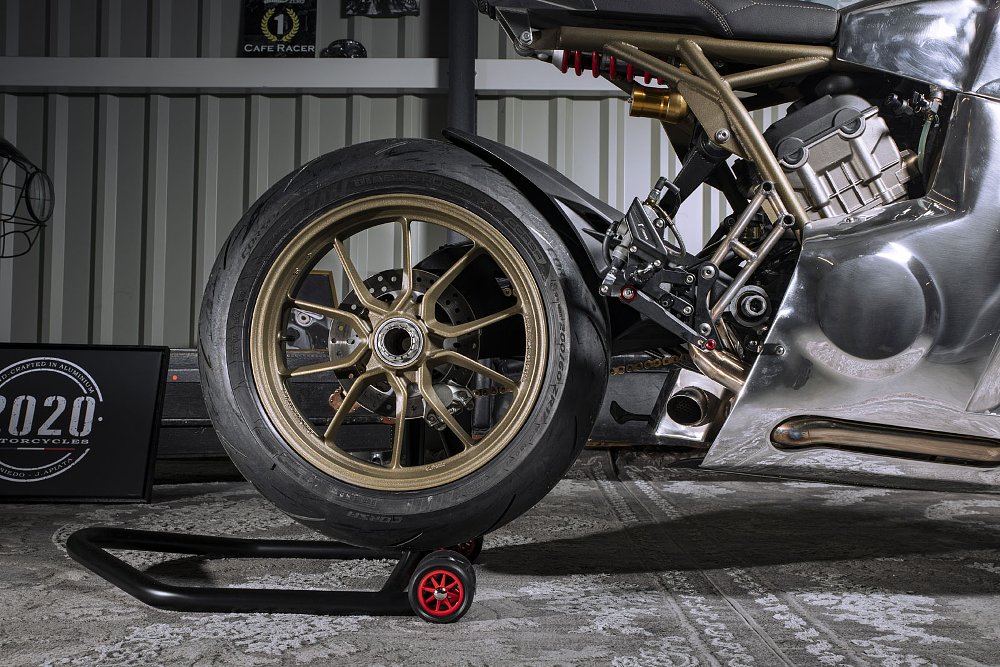
Juxtaposed against the retro styling of the bodywork is a laundry list of modern accessories and performance parts. Topping the list is a 2020 Motorcycles digital dash. The bike's lighting is 100% LED-powered, and the headlight features adaptive technology. The handlebar came from the same F4 as the fork, and the controls are by Bonamici. A smattering of parts from the Rizoma catalogue complete the hand and foot controls, and the machined filler on the custom tank is by Lightech. To keep unsprung weight to a minimum, the bike rolls on forged rims, painted in 2020s signature copper and gold paint, and there's a custom-made stainless steel exhaust system hidden within the belly pan.
From movie star to fire wreck to work of art. This is undoubtedly the most astounding Honda VTR that has ever existed.


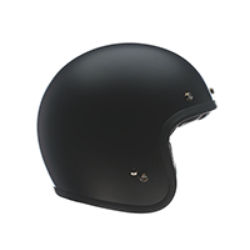

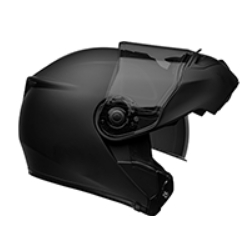

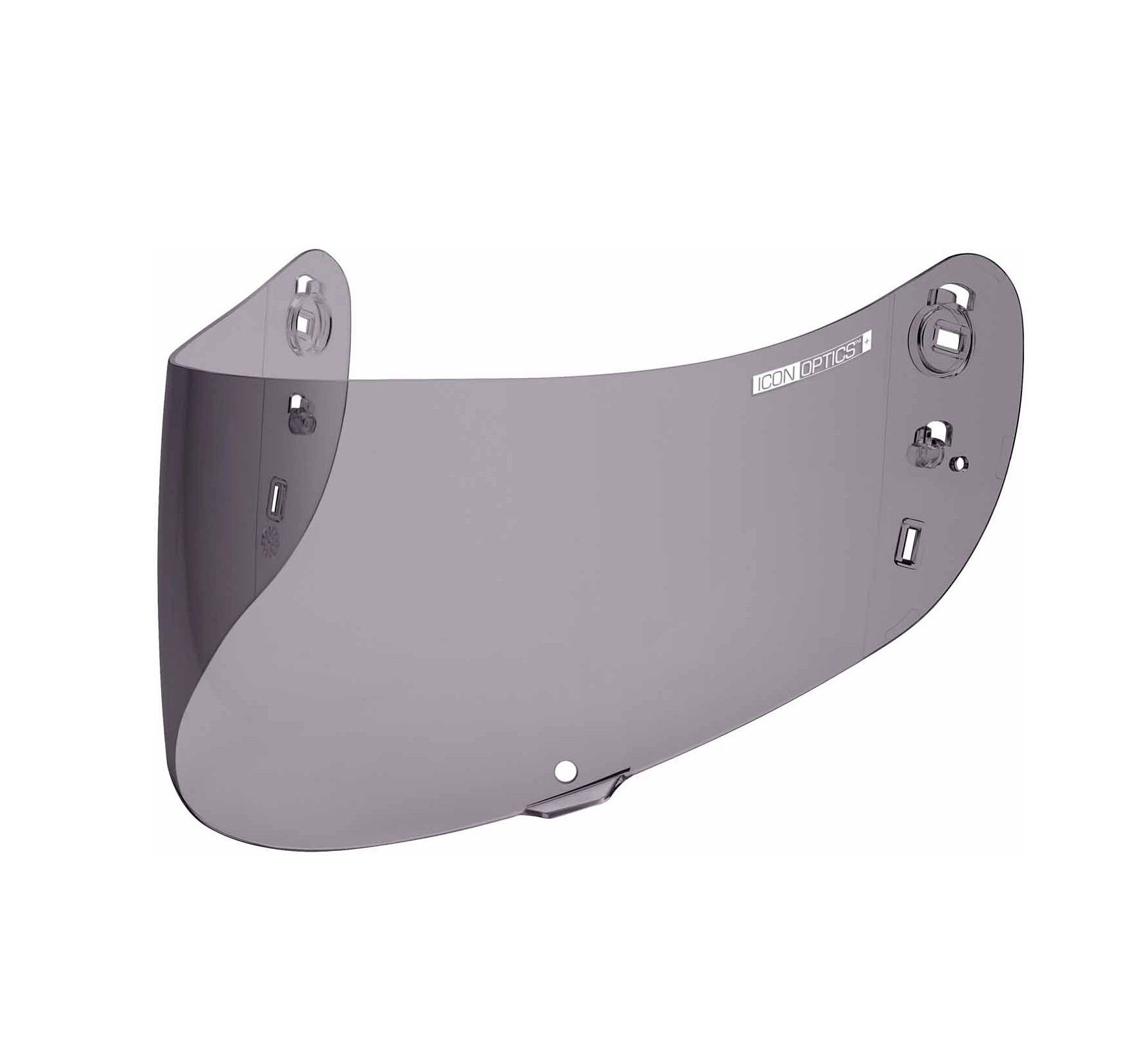
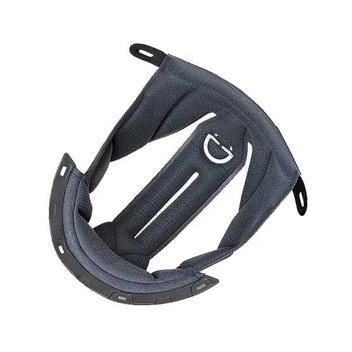
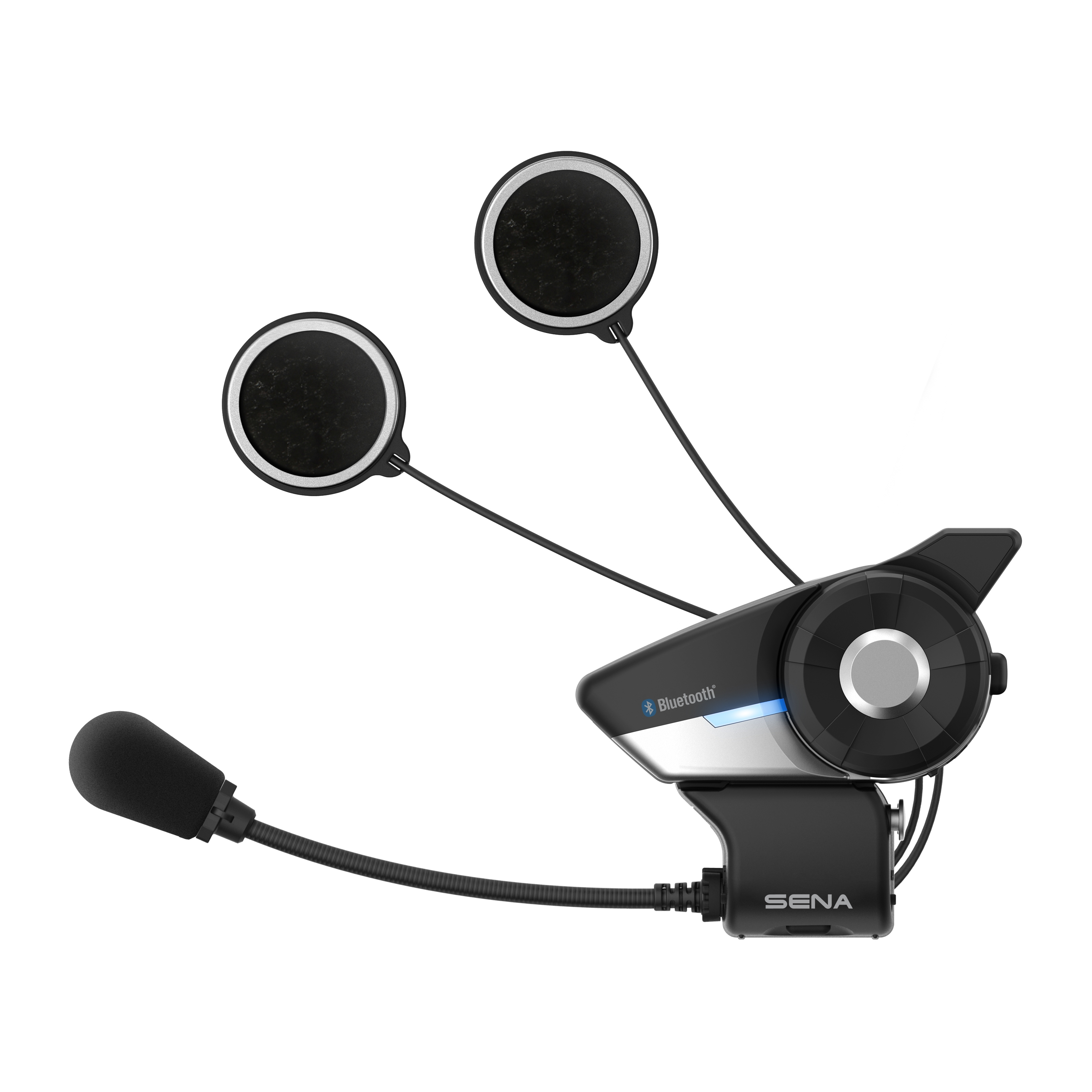
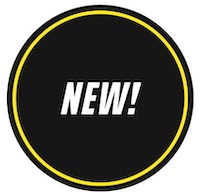

 Membership
Membership












